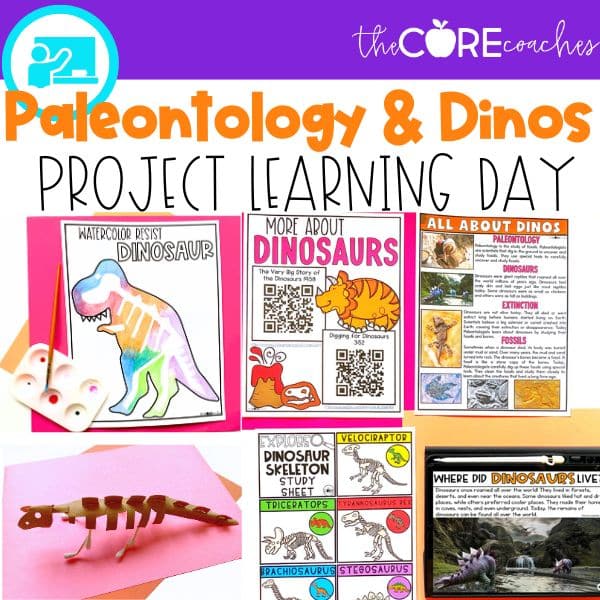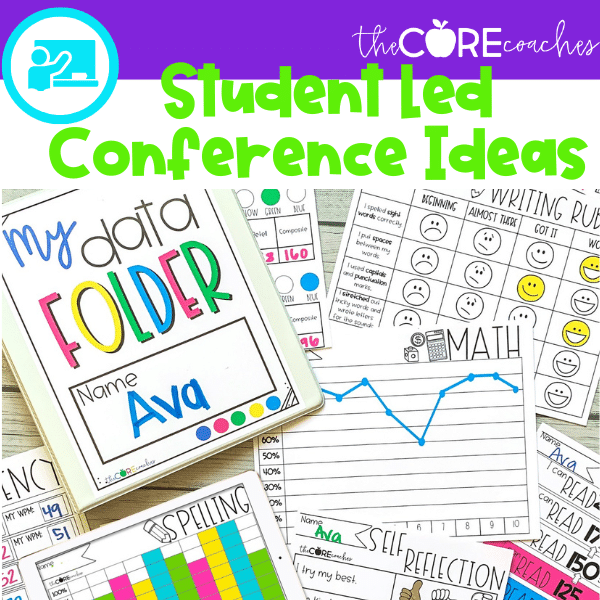Micro schools are on the rise in the United States. As the modern one-room schoolhouse, these schools offer several benefits for students and teachers alike. As a teacher or parent who has started a new micro school you are probably already familiar with the benefits of these schools. If you are not familiar, read Micro Schools Explained. However, you may not be as familiar with how to create lessons for micro school classes.
We are here to help! With over 40 years of classroom experience (as teachers and coaches) between the three of us, we know what it takes to create an amazing lesson plan. Moreover, we know how to make activities that can be easily adapted to fit all different learning levels – which is exactly what you need in micro school. Keep reading to learn more about the micro school lessons for 6-8 year olds we have created, and how you can use them in your classroom.
How Micro School Classes Are Created
Before looking at examples of lessons, it is important to understand how micro school classes are organized. As you can see from this article, we have mentioned lessons for 6 to 8 year olds. This is different from the traditional 1st, 2nd, and 3rd grades we usually use to refer to classes.
Traditional schools place kids in grade levels that are centered around one age. For example, only 6 year olds would be in first grade. However, in micro schools classes are made up of students in a range of usually 2-3 different ages.
While this may seem counterproductive to learning it is actually one of the biggest benefits of micro schools. This model allows students to learn at their own level. Rather than “not being on grade level” or being “above grade level” students are simply learning exactly where they are at that moment.
This model encourages students to take time to learn. Moreover, to take time to become proficient rather than just hurrying ahead to get work done. It also supports those students who grasp concepts more quickly by allowing them to move ahead to more challenging materials.
The Key to Creating Micro School Lessons
Before jumping into the ready-to-teach activities we have for you below, we want to share with you some ideas on how to create lessons for micro schools. While initially, it may seem a lot different to create lessons for a range of students of different ages it is not all that different from traditional lesson planning. There are some key differences though.
The Importance of Student Centered Learning
One big difference is that micro school lessons are student centered. Now, you may be thinking “that’s not different, I have used student centered lessons in a traditional school setting.” We did too!
While many of us who have taught in traditional schools always have the desire and intent to make learning student centered it doesn’t always translate. At least, not always in the most effective way. One reason for this is simply that classes are too large.
Larger class sizes make it difficult for teachers to manage every student and create exploratory lessons that are primarily student centered. Moreover, true student centered learning takes time. Time for kids to explore and figure out problems on their own.
Unfortunately, in traditional classrooms there is not often enough time for this level of student centered learning. However, in micro schools there is plenty of time!
When planning a lesson for a micro school, realize that you have a lot more flexibility with time. Your goal is to help your students engage and explore the content to the point of proficiency. Even if it takes some students longer than others.
Differentiated instruction for Micro School Classrooms
Providing students with enough time for learning is something that all teachers want. However, because of scheduling in conventional classrooms it is not always possible. Therefore, even though teachers know differentiated instruction is essential to learning they can’t always implement it.
You can in a micro school though! In fact, differentiated instruction is why you are able to have several ages in one classroom.
Students learn at different speeds. This doesn’t necessarily correlate with their age. Therefore, you could have a six year old who quickly picks up on math (for their age) and an 8 year old who has more difficulty. In addition, a 7 year old may be “at grade level” so to speak. Therefore, you have all 3 students ready to learn the same lesson.
In addition, you may have a group of all 7 year old students who are all in different places in their learning. Therefore, you may need to provide three different activities to support different levels of learning.
So, how do you do this? Moreover, how do you do this without exhausting yourself!
3 Types of Learning Activities for Micro Schools
Being an effective teacher who individualizes instruction shouldn’t be exhausting. That’s why we have three ways to make modifying lessons for different levels of learning (and different age groups) easy.
Digital learning tools
Digital learning tools are amazing because they can easily be adapted for different learners. One of our favorites is Loom. Loom allows you to upload Google Docs and SeeSaw to their platform. Then you can adapt the lesson for different proficiency levels.
Ready-to-teach lessons
Ready-to-teach lessons are a great way to go if you can find the same lesson for different ages. Like with The Core Coaches! In traditional schools, elementary teachers are always switching grade levels! Therefore, we have always focused on creating the same type of lessons for different learning levels.
This makes it super easy for micro schools because you simply grab the same lesson in three different grade levels. Then you have access to several different levels of materials for different proficiency levels.
Group Work
Group work is an amazing way to use one activity that can benefit all students. The best way to go about this is to determine the level of proficiency of most students.
Choose an activity that is on level with most students’ proficiency levels. Then create differentiated groups with students who are proficient, approaching proficient, and above proficient.
In these types of groups, the students are learning not only from the material you provide for them but also from one another. Above proficient and proficient students learn as they support and teach the approaching proficiency students and the approaching proficiency students get access to learning in terms they may better understand (as explained by their peers).
Examples of Lesson Plans for 6 to 8 Year Olds
Below are several examples of lesson plans that are great for micro school classrooms with 6 to 8 year olds. Moreover, these learning activities are all digital activities and ready-to-teach.
Many of these lesson plans are already made for grades 1st to 3rd. These are the grade levels to look for when you need lessons for 6 to 8 year olds. In addition, many of them are great for group work.
Reading Activities for 6-8 Year Olds
- 1st and 2nd Grades ( 6 to 7 year olds) The Invisible Boy Read Aloud
3rd Grade ( 8 year olds) The Invisible Boy Read Aloud





